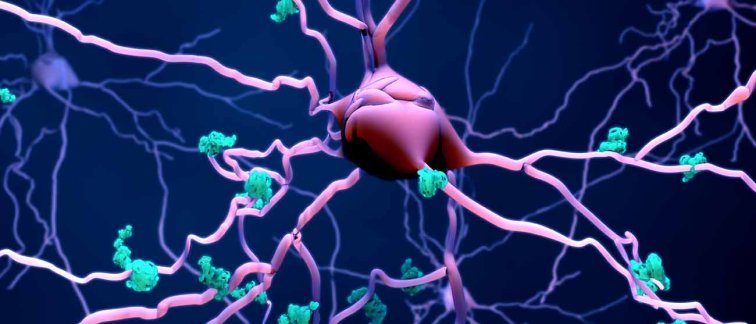The protein tau plays an important role in the development of Alzheimer's disease (AD) since it aggregates in the neurons and is strongly associated with brain damage and cognitive decline. There is an urgent need for accurate PET, CSF, and plasma biomarkers of tau pathology to improve the diagnostic process in clinical practice and the selection of participants and monitoring of treatment effects in trials.
In a review that is written in collaboration with Oskar Hansson from the Swedish Lund University, Ossenkoppele and Van der Kant highlight the developments concerning tau biomarkers. First, changes in the tau protein can now be early and accurately captured with the brain imaging technique PET. Second, a blood test to measure the amount of tau protein has recently become available, which offers cost-effective and accessible measurements and might transform the AD field.
In controlled investigational settings, the improvements in tau PET and tau blood biomarkers have led to earlier disease detection, more accurate diagnostic methods and the refinement of prognosis. Additionally, Ossenkoppele and his colleagues do also see a rapidly evolving anti-tau therapy landscape. However, the current anti-tau therapies have not yet proven to be successful, so more research and studies need to be done.
Read the publication in The Lancet Neurology: Tau biomarkers in Alzheimer's disease: towards implementation in clinical practice and trials

